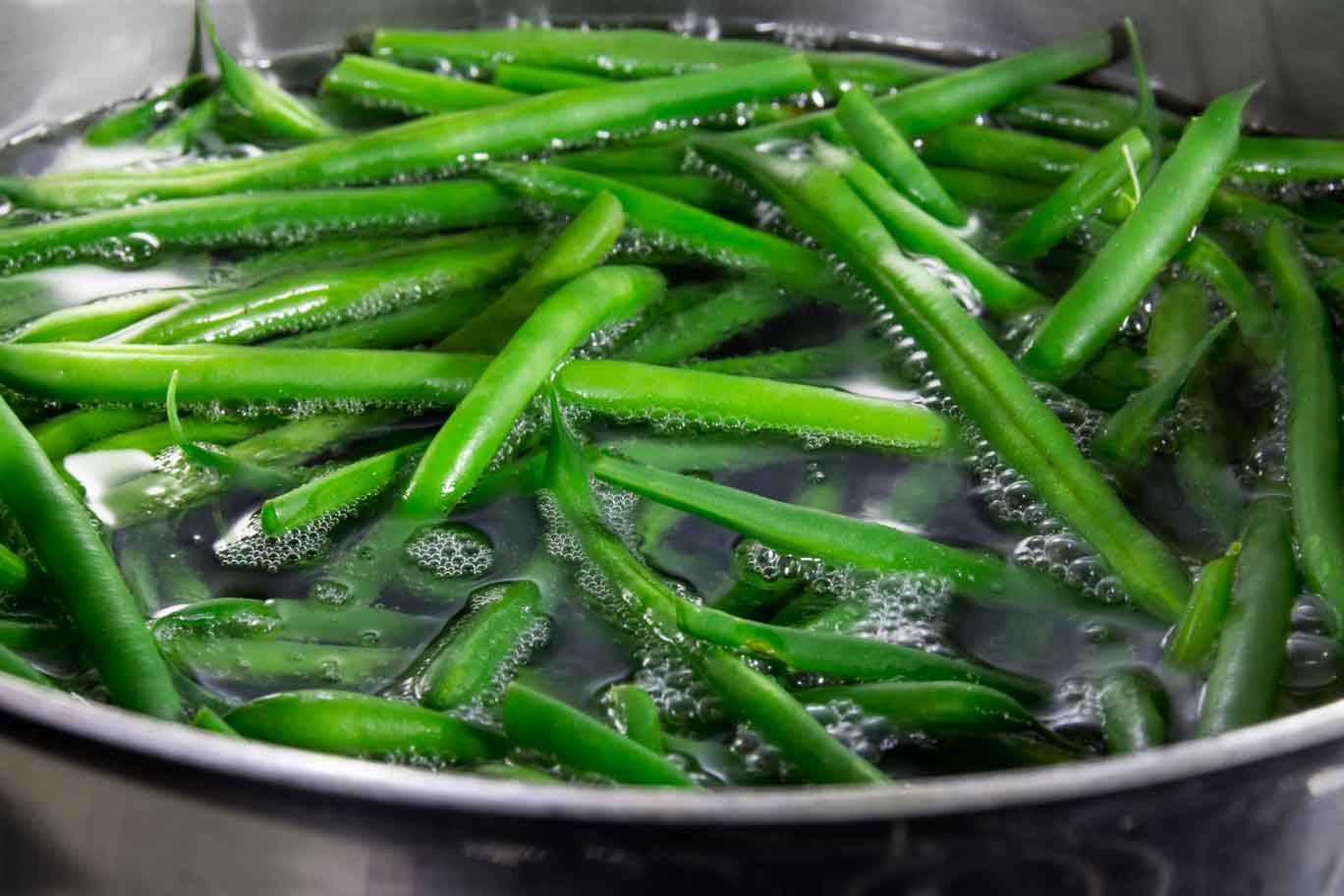Food Recovery Journal
How to Blanche Vegetables (and keep them fresh forever-ish)
September 15, 2022

If you can’t prepare your veggies before they spoil, try blanching them to freeze them in time! What is blanching? It’s the process of rapidly heating and cooling fresh foods to prep them for extended stays in your freezer.
The benefits of blanching food, instead of just throwing it in the freezer, are numerous! The process helps prevent enzyme breakdown, preserving the flavor and texture of the fruits and veggies you love. In addition, it cleans and disinfects the food by killing microorganisms on the surface to keep the food fresher, longer. Most importantly, it also helps keep the nutritious value of the food intact and prevents the breakdown of essential vitamins and minerals we love in our veggies.
So what can you blanche? Pretty much any vegetable will benefit from the blanching process. Tender leaves will wilt while blanching, and some vegetables (broccoli, asparagus) will soften, but don’t worry, they will perk right up after thawing and cooking.
It is a delicate process but gets easier with practice. Under-blanching stimulates enzyme activity (which defeats the purpose of blanching), while over-blanching leads to partial cooking and causes loss of flavor, color, vitamins, and minerals.

The best thing to do is to follow the instructions below, and pay close attention to the time the vegetable spends being blanched. By keeping an eye on the timer you can prevent both under-blanching or cooking the food!
Try it out using these instructions:
- Use a blancher with a blanching basket, fry basket, or a strainer (be sure to use oven mitts if you don’t have a handle to use), or fit a wire basket into a large pot with a lid.
- Use one gallon of water per pound of prepared vegetables.
- Put vegetable in blanching basket and lower into vigorously boiling water. Place lid on blancher. The water should return to boiling within 1 minute, (if it doesn’t, too much vegetable is being used for the amount of boiling water).
- Start counting blanching time as soon as the water returns to a boil.
- Keep heat high for the time given in the directions for the vegetable you are freezing.
- Immediately plunge basket of vegetables into a large quantity of cold water, 60ºF or below.
- Change water frequently or use cold running water or ice water. If ice is used, about one pound of ice for each pound of vegetable is needed.
- Cooling vegetables should take the same amount of time as blanching.
- Drain vegetables thoroughly after cooling. Extra moisture can cause loss of quality when vegetables are frozen.
To steam blanch the vegetables, simply keep them above the boiling water instead of submerging them by using a taller pot. Check out the graphic below to see some example times for some commonly used vegetables that are easy to blanch!

Blanching your vegetables before freezing them is not always necessary, but it can help extend shelf life, flavor and texture! The most important thing to remember is just to use up as much food as you can. The less food that ends up in the trash can, the less money you’ve wasted on uneaten groceries, and the less carbon impact is created by food waste!
There are lots of other ways to reduce waste in your kitchen. Check out How to Reduce Waste with Kids and our Top 10 Ways to Improve Food Storage. Are you curious about how much food waste you are actually producing at home? Check out We Don’t Waste’s At-Home Food Waste Audit and see what foods are commonly going to waste in your kitchen!